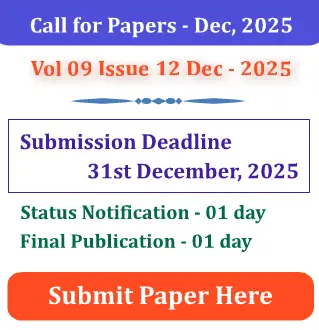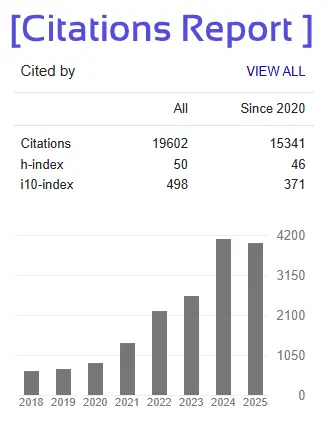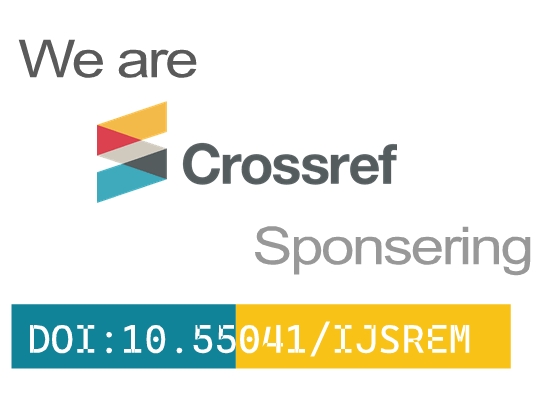Neural Network Modeling of Peristaltic Nanofluid Transport with Heat Transfer
Dr. Bhimanand Pandurang Gajbhare
Associate Professor, Department of Mathematics, J.E.S., Vaidyanath College, Parli-Vaijnath, Dist. Beed Maharashtra. PIN 431515, India
Abstract
This investigation presents a novel neural network-enhanced computational framework for analyzing thermal radiation effects on peristaltic flow of electrically conducting nanofluids through wavy walls of a convergent channel. Peristaltic transport mechanisms are characterized by wave-induced pressure gradients that facilitate fluid motion from low- to high-pressure regions. The incorporation of velocity slip conditions and convective boundary conditions significantly enhances the complexity of both thermal and hydrodynamic phenomena. A hybrid computational methodology that synergistically combines the Variational Parameter Method (VPM) with Physics-Informed Neural Networks (PINNs) has been developed to predict complex multiphysics flow behaviors. The neural network architecture incorporates physics-based constraints to ensure strict adherence to fundamental conservation laws and constitutive relations. The coupled effects of Brownian motion and thermophoretic diffusion arising from cross-diffusion phenomena significantly in- fluence transport properties and are accurately captured by the proposed neural network framework. The methodology finds particular relevance in biomedical applications, including blood circulation dynamics in the human cardiovascular system, where the neural network enables real-time prediction and optimization of flow parameters. The nanofluid serves as an enhanced transport medium through the undulating channel walls, with volumetric expansion occurring due to dynamic pressure variations and thermal effects. Results demonstrate that the neural network approach provides superior computational accuracy and efficiency compared to conventional numerical methods, with magnetic field strength and permeability characteristics favorably influencing pumping efficiency as predicted by the artificial intelligence model.
Keywords: Neural Networks, Magnetohydrodynamics, Peristaltic transport, Thermal radiation, Nanofluid mechanics, Computational fluid dynamics, Variational methods







